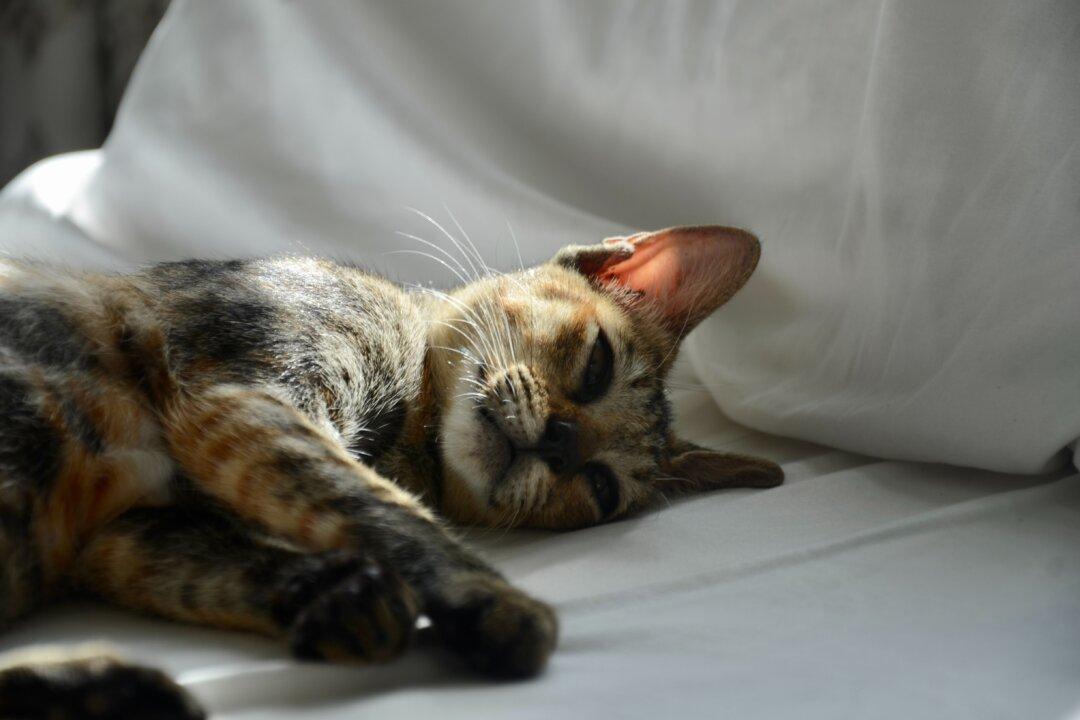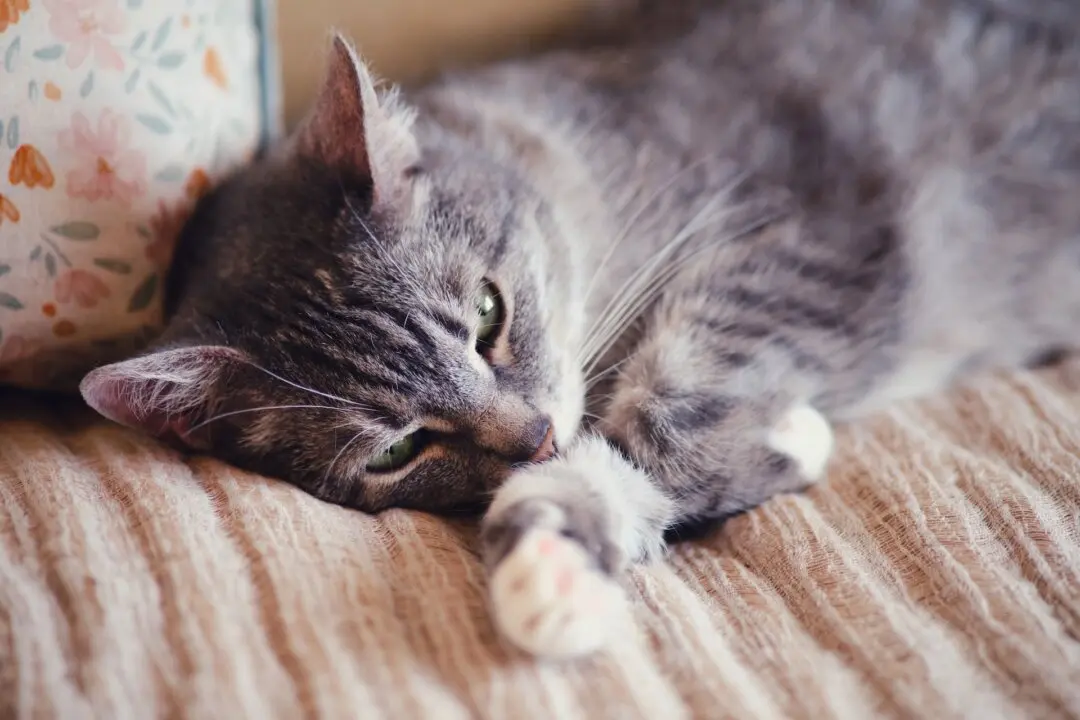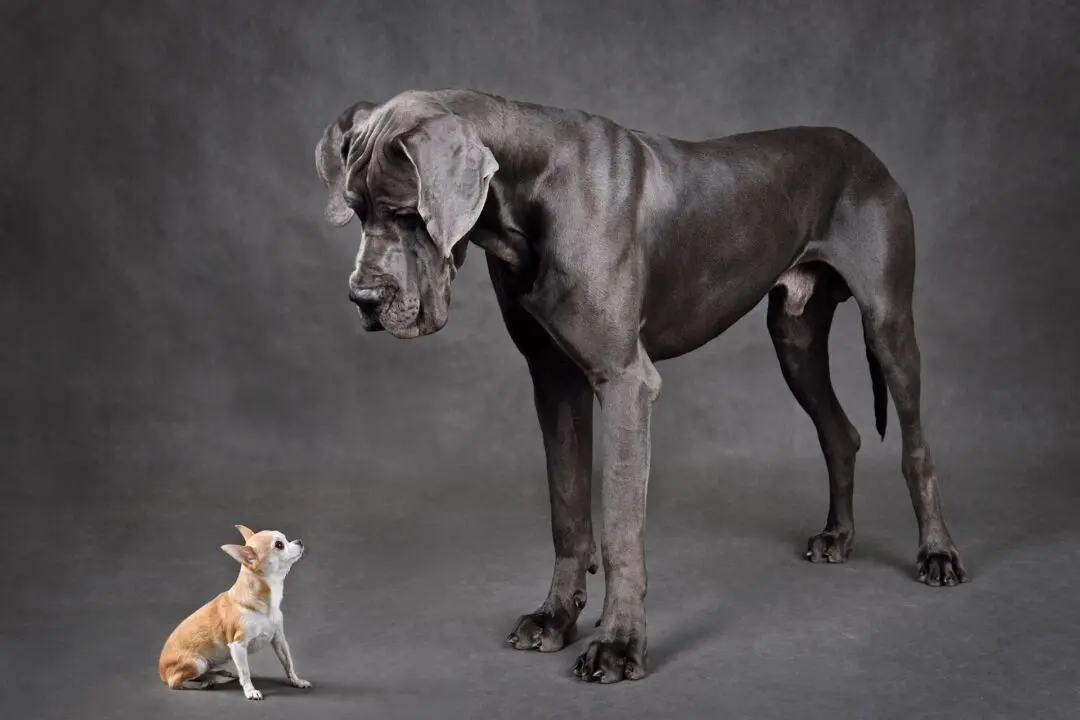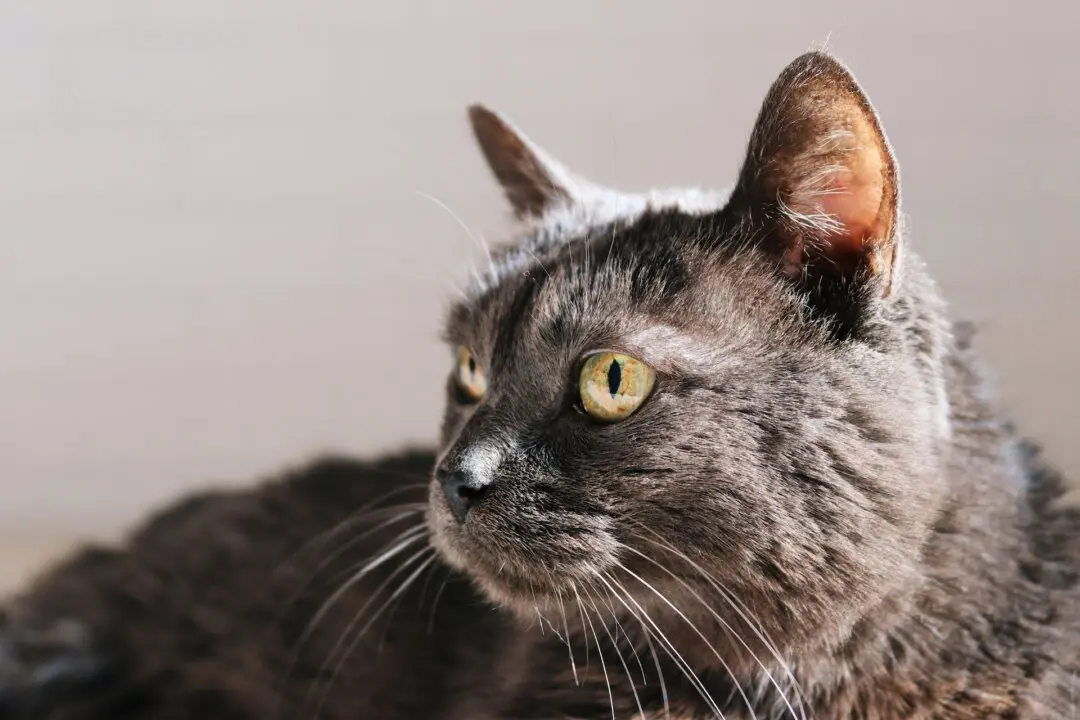Q: Beau, our 1-year-old dachshund, had a small, round, pink mass on his ear. Scheduling an appointment with his veterinarian took longer than usual, and just before the appointment, the mass disappeared, so we canceled. What was the mass?
A: It sounds like Beau may have had a histiocytoma, a common skin tumor that usually disappears without treatment.





